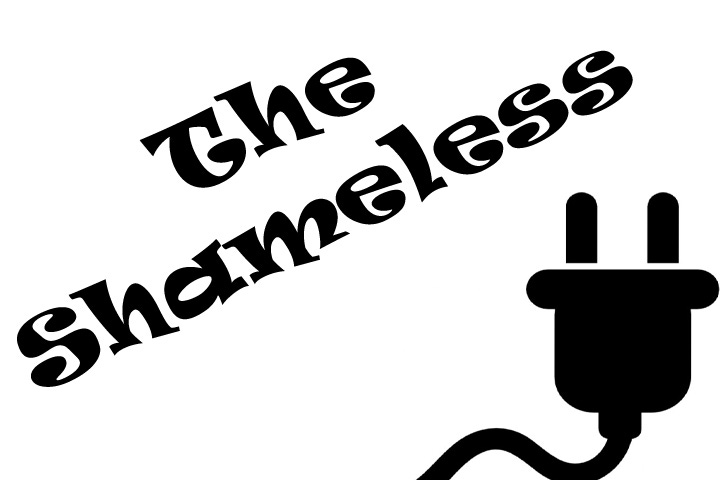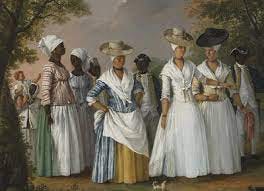The History of Black People in New Orleans
Black people have helped to build New Orleans since its founding
Issue #142 American History October 5, 2022
No ads or annoying popups ever! So instead, please see the important information at the bottom of this post. Please keep those “Likes” and comments coming! Thanks!
The city of New Orleans and its surrounding areas would not be the same, past, present, or future without Black people. African Americans, enslaved and free, are intrinsically entwined in the structural, economic, and cultural fabric that is New Orleans.
Origins of Africans in New Orleans
The city of New Orleans was established in 1718, and one year later, starting in 1719, approximately 5,000 Africans, mostly from the Senegambia region, arrived in French Louisiana. In the 1780s, another 5,000 or so were brought by the Spanish from the Benin and Congo regions.
As a French and then Spanish colony, New Orleans became a major hub of the American slave trade.
In the late 1700s, the enslaved Africans cleared the forests, planted and harvested the crops, and built the infrastructure of New Orleans.
The Spanish controlled New Orleans in the late 1700s and early 1800s and had a policy of “manumission” that allowed slaves to attain their freedom in a variety of ways. During this time, the population of free people of color (“gens du couleur”) grew substantially.
Enslaved people in New Orleans, after the passage of the Code Noir (Black Code) which gave the slaves Sundays off, began to congregate in a space located just outside of the city called “Congo Square,” which is now known as Louis Armstrong Park. Congo Square helped to preserve African culture and form unique musical styles such as jazz in New Orleans.
By the time the United States government completed the Louisiana Purchase in 1803, there were 2,773 enslaved people of African descent and 1,355 free people of color, totaling about 51% of the total New Orleans population of 8,056.
By 1860, just before the start of the Civil War, there were 14,484 enslaved people and 10,939 free people of color in New Orleans.
Contributions of and Revolutions by Black People in New Orleans
There are many traditions, customs, rituals, and practices that were originated by free and enslaved people of African descent in New Orleans.
Much of the unique ironwork on buildings in the French Quarter district of New Orleans was designed and installed by Black ironsmiths and include Ashanti symbols, designs, and patterns.
The iconic “shotgun” houses originated in Africa, and the Haitians brought the structures to New Orleans. Although the name of the shotgun houses is thought to come from the way someone could shoot a gun straight from the front door through the back door, the name most likely is derived from the Yoruba word togun, which translates to “house.”
After the Haitian Revolution of the late 1700s, many Haitian creoles (white and Black) were forced out and settled in New Orleans, almost doubling the population.
In the early 1800s, fearing the growing population of Black people in New Orleans, Governor Miro passed the “tignon laws” which forced Black women to wrap their heads when out in public.
Enslaved Africans from Haiti led the largest slave uprising in American history, the 1811 Slave Revolt. Although the leaders were caught, decapitated, and their severed heads mounted on pikes along the river, African descendants in Louisiana continued to fight against slavery and discrimination.
The first Black governor of a state was P.B.S. Pinchback, a successful Louisiana politician during Reconstruction. He was the first Black Lieutenant Governor of Louisiana, and then the first Black Governor.
Several HBCUs were founded in New Orleans during Reconstruction, eventually leading to the foundation of Dillard University in 1934 and Xavier University in 1915 (originally a high school). Xavier is the first and only Catholic HBCU in America.
Homer A. Plessy, a Black man who was so light-skinned that he could pass for white, challenged the discriminatory Separate Car Act in 1892. The case made it to the Supreme Court, which ruled against Plessy and enshrined in the United States the “separate but equal” philosophy that also began the Jim Crow laws that lasted until the 1954 Brown v the Board of Education.
Jazz music, brass bands, and rhythm and blues also originated in New Orleans. Musicians and entertainers such as Louis Armstrong, “Fats” Domino, Little Richard, the Neville Brothers, and of course the Marsalis family helped to make musical styles that originated in New Orleans popular throughout the world.
Black cuisine has flourished in New Orleans and Louisiana since the 19th century. Dishes such as red beans and rice, gumbo, and pralines were invented and made popular by Black people in New Orleans.
In 1927, the levees surrounding the Lower Ninth Ward were deliberately blown up to save the white areas of the city. In 1965, flood waters from Hurricane Betsy breached the broken levees, and in 2005, the floods that breached the levees during Hurricane Katrina all but decimated the Lower Ninth Ward and other Black neighborhoods and institutions in New Orleans.
Throughout the 20th and 21st centuries, Black people in New Orleans have continued to fight for their freedoms and their culture and have grown their influence and strength culturally and politically,
Since its founding, New Orleans has benefitted from people of African descent. Just as with Black history for all of America, it is important to learn about and teach others about the Black history of New Orleans. The proud and tragic experiences of Black New Orleans are part of the history of us all.
How much do you know about the history of Black people in New Orleans? Let us know in the comments!
Help us to grow!
“We Are Speaking” is a reader-supported publication. To receive new posts and podcast episodes and to support our work, consider becoming a free or paid subscriber. We publish 7 days/week and 28+ issues/month. You. can upgrade your free subscription to the paid level. It costs monthly and annual paid subscribers less than 35¢ an issue. Thank you!

Thank you for checking out some of the books and businesses of the TeamOwens313 Global Creative Community:
Detroit Stories Quarterly (DSQ) Afro-futurism Magazine
The Mayonnaise Murders: a fantasy mystery novel by Keith A. Owens
The Global Creative Community Membership Site: Networking and Monthly/Weekly Topics for Independent Writers and Creative and Solo Professionals
The Global Creative Community Brand and Marketing Academy: Training and Group Coaching for Independent Writers and Creative and Solo Professionals
Pam’s Branding and Marketing Articles for Independent Writers and Creative and Solo Professionals on LinkedIn
“We Are Speaking” is a reader-supported publication. To receive new posts and podcast episodes and to support our work, consider becoming a free or paid subscriber.





